SDGs in our exhibition
Sustainability is a huge topic and often feels abstract. Many people understand that global problems such as hunger exist, but there is a lack of concrete recommendations for action.
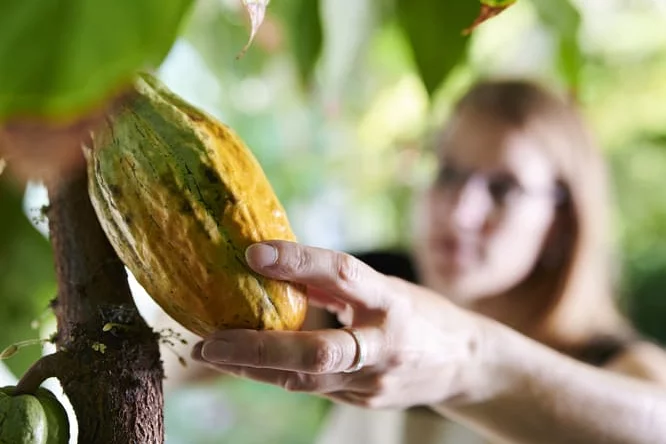
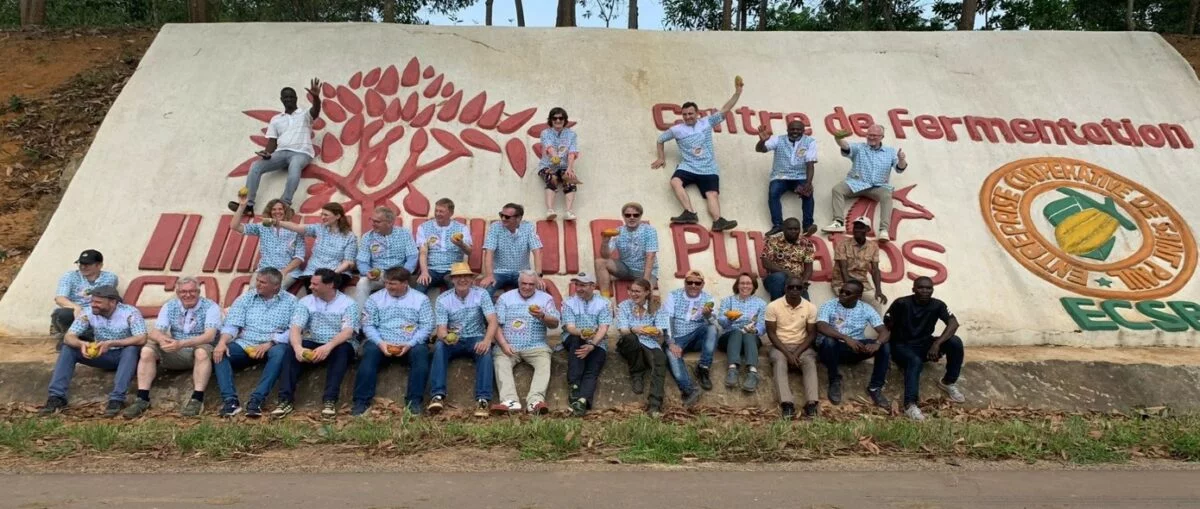
Christian, Olaf and Andrea were on a study trip to Côte d'Ivoire in May 2024 and would like to share their exciting travel impressions with you. They talk about how they helped to harvest cocoa fruits and prepare them for further processing. During the trip, they had several opportunities to talk to cocoa farmers and got to know various cooperatives. How does the harvest actually work on site? How are the local farmers doing? And what wishes do they have for their future?
Côte d'lvoire, a country in West Africa, is the world's largest producer of cocoa and the most important supplier for Germany. The country, which gained its independence in 1960, has a young population with an average age of just 18 years (compared to 44 years in Germany). The cities are lively and vibrant, while the tropical south of the country is characterized by cocoa cultivation - alongside a growing number of palm oil and rubber plantations.
Our journey took us out of the chocolate museum and into the south of Côte d'Ivoire - from the lively coastal city of Abidjan to San Pedro, Afféry and Grand Bassam.

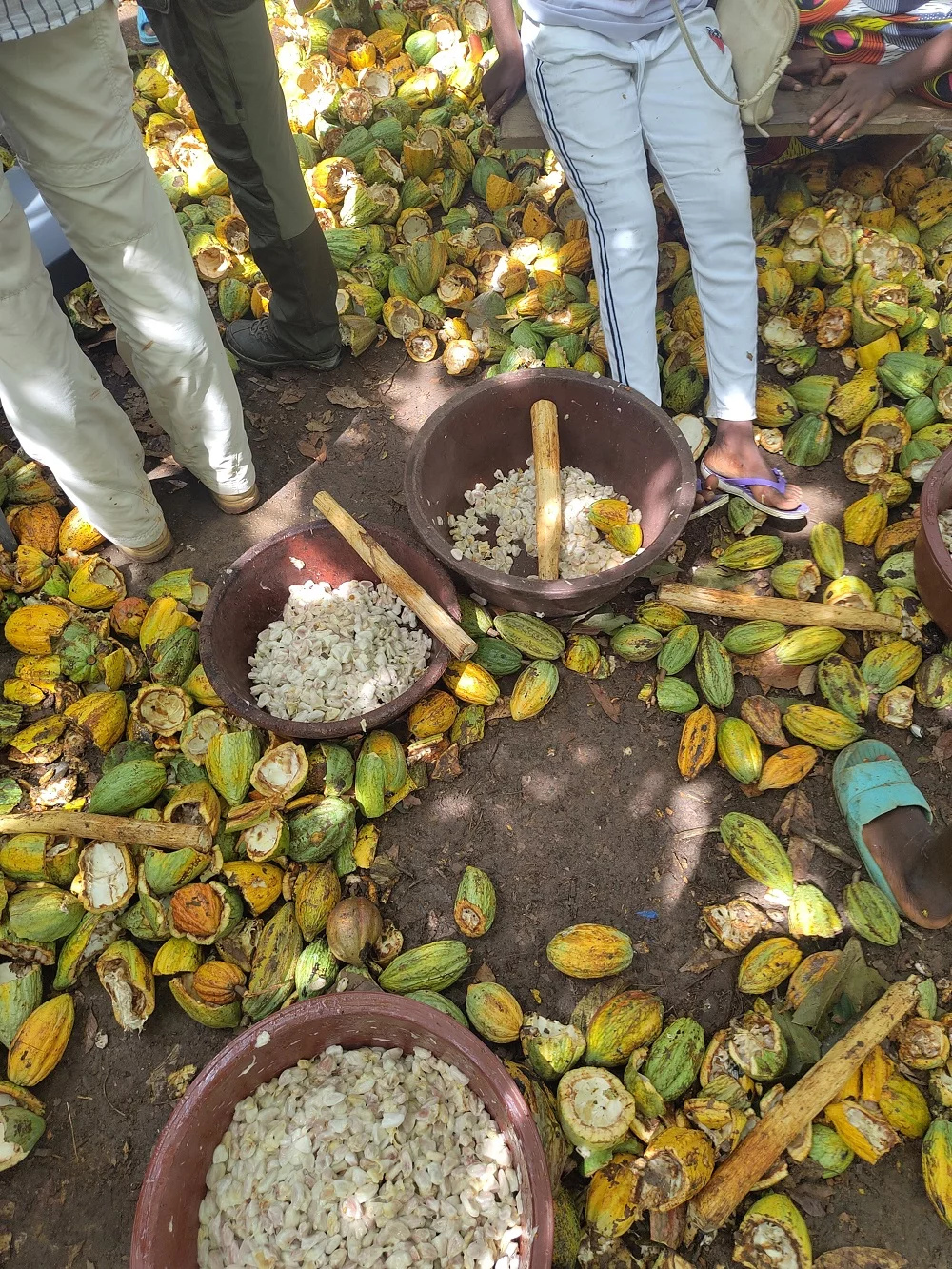
Abidjan: a national park in the heart of the city
Our journey began in Abidjan, the country's largest city and its economic center. For the next five days, we would be travelling with the confectioners' club and visiting various areas of the Cacoa Trace program run by Puratos. The three of us used the first day to go on an incredibly exciting hike in Banko National Park - a piece of rainforest in the middle of the city.
In the evening, we got to know the entire travel group over dinner and prepared for our onward journey.
San Pedro: the cocoa port in the west
Early the next morning, we set off on the almost 400 km journey to San Pedro, the most important cocoa port in the southwest of the country. During the transfer by bus on the new tarred road, we were treated to an impressive view of the passing villages, landscapes and markets. Once we had reached our destination, we met Sylvestre Awono, the project coordinator from Puratos, and were given an introduction to the "Cacao Trace" cocoa program, which was launched in 2013. The aim of the program is to enable a sustainable future for cocoa farmers in the production regions and at the same time to ensure a high quality of cocoa. In the evening, we were able to visit one of the beautiful tropical beaches before enjoying some local delicacies.
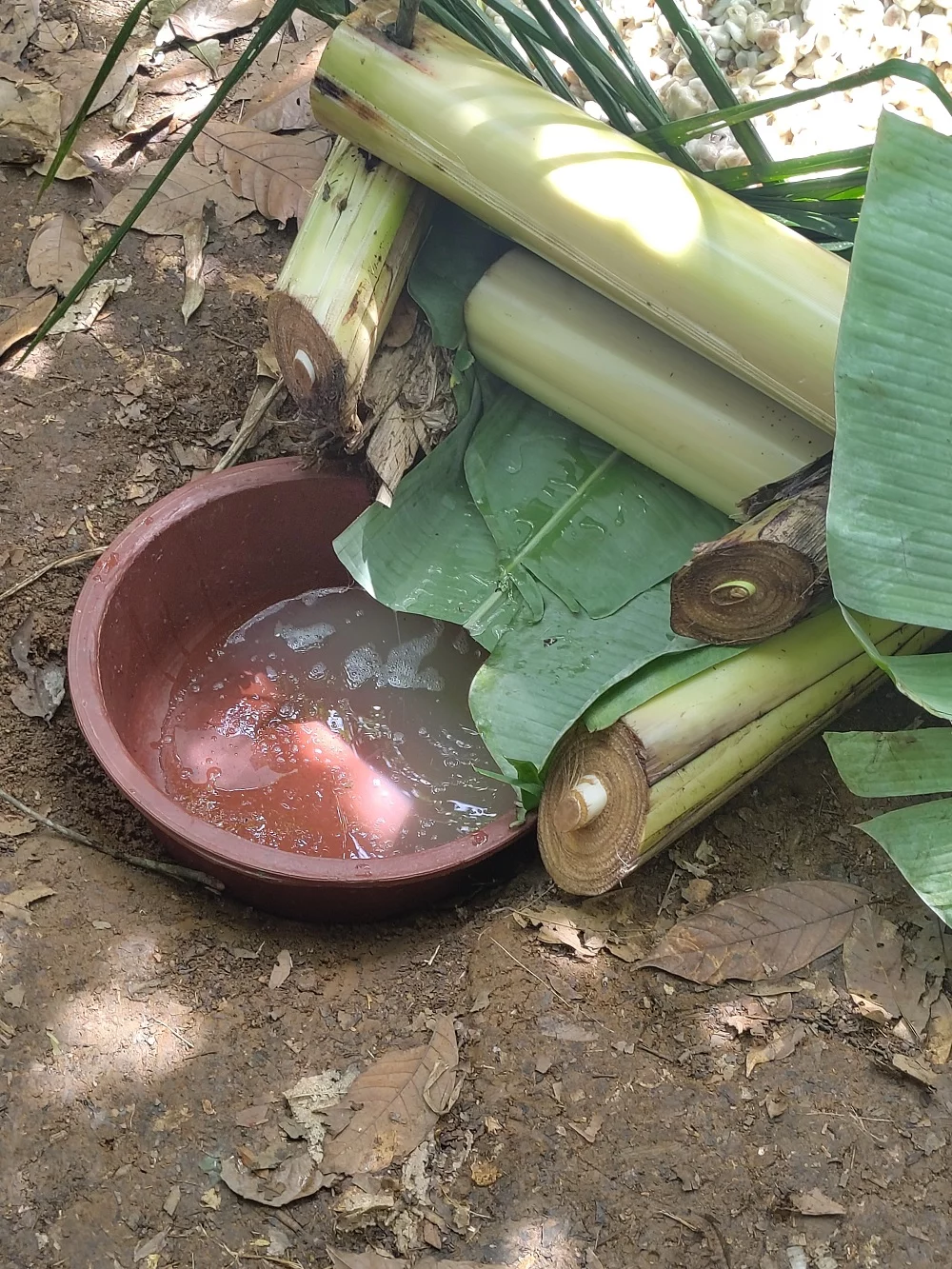

The world of cocoa: encounters on the plantations
The third day was particularly impressive. After breakfast, we set off for a village. There we experienced an indescribable welcome ceremony by the cocoa farmers. We were greeted with singing and dancing as well as kola nuts, hot spices and palm wine. We then set off to their cocoa fields. They led us through rubber plantations to a spot in a cocoa plantation and, after a safety briefing, explained the correct harvesting process so as not to damage the tree or the fruit. Although we were under the canopy of the cocoa trees, the heat and humidity were indescribable. Under the guidance of the farmers, we learned to recognize the best ripeness of the fruit, to open the fruit and to remove only the most suitable beans. It was very impressive to learn about the hard work in this climate. Within 4 hours, 20 of us managed to prepare 60 kilos of cocoa for the harvest center. And we all received a symbolic wage for our work - the equivalent of 50 cents. We were able to buy 6 mangoes for this at the market. We would not have been able to afford gasoline for a car, as it is about as expensive in Côte d'Ivoire as it is here.
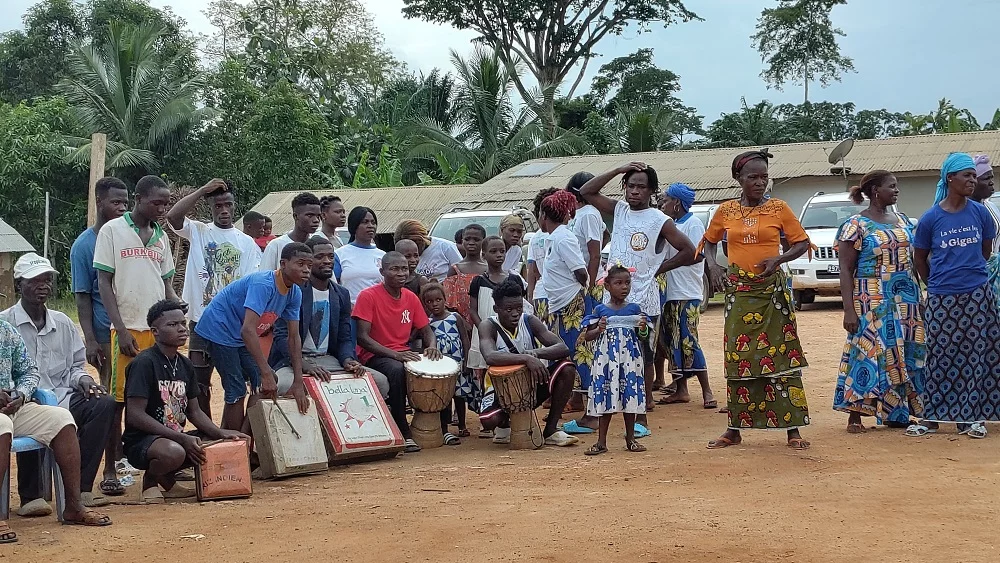
Visiting cocoa communities: The people behind the chocolate
On the fourth day, we visited various village communities and learned about other projects in the "Cacao Trace" program. For every kilo of chocolate sold in Europe, Puratos donates 10 cents back to the cooperatives. This amounted to 1.4 million euros in 2023. This money was used to build a school, water pumps with solar panels and, for example, a birthing and health center in the region. We were able to discuss these projects and other wishes and needs with the cocoa farmers.
The journey of the cocoa bean: from tree to bar
Our last day in San Pedro took us to a post-harvest center, where we took a closer look at the fermentation process and the drying process of the cocoa beans. These complex processes are crucial for the quality of the chocolate and give the beans their unique aroma. The post-harvest center has the great advantage that the quality of the cocoa is constantly monitored and is the same for all beans. In addition, the center relieves the farmers of up to 4 weeks of work. The farmers receive a comparatively high price for the cocoa sold directly after the harvest, which can be viewed at the entrance.
Over the next few days, we traveled back to the east of the country to visit another cooperative. Here, too, we were able to talk to the people. They urged us to campaign for a higher cocoa price to help them escape poverty and combat child labor. A fair wage for their hard work would be the first step towards a better life with three meals a day, medical care and education for their children.
Chocolate: why fair trade is important
Our trip to Côte d'lvoire not only showed us the scenic beauty of the country and introduced us to many great people, but also gave us a deeper respect for the people and processes behind the cultivation of cocoa.
We should be prepared to pay a fair price for the basis of our sweet delicacy, chocolate, so that the people who grow it do not have to live in poverty. Currently, only 7 percent of cocoa farmers in Côte d'Ivoire earn enough to live on.